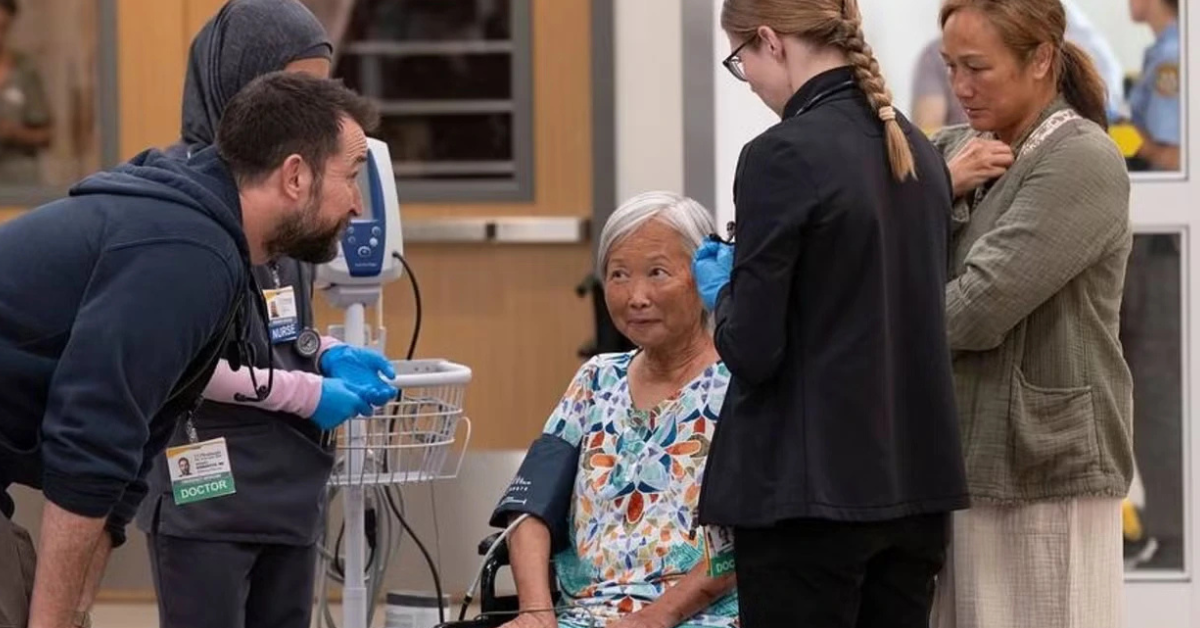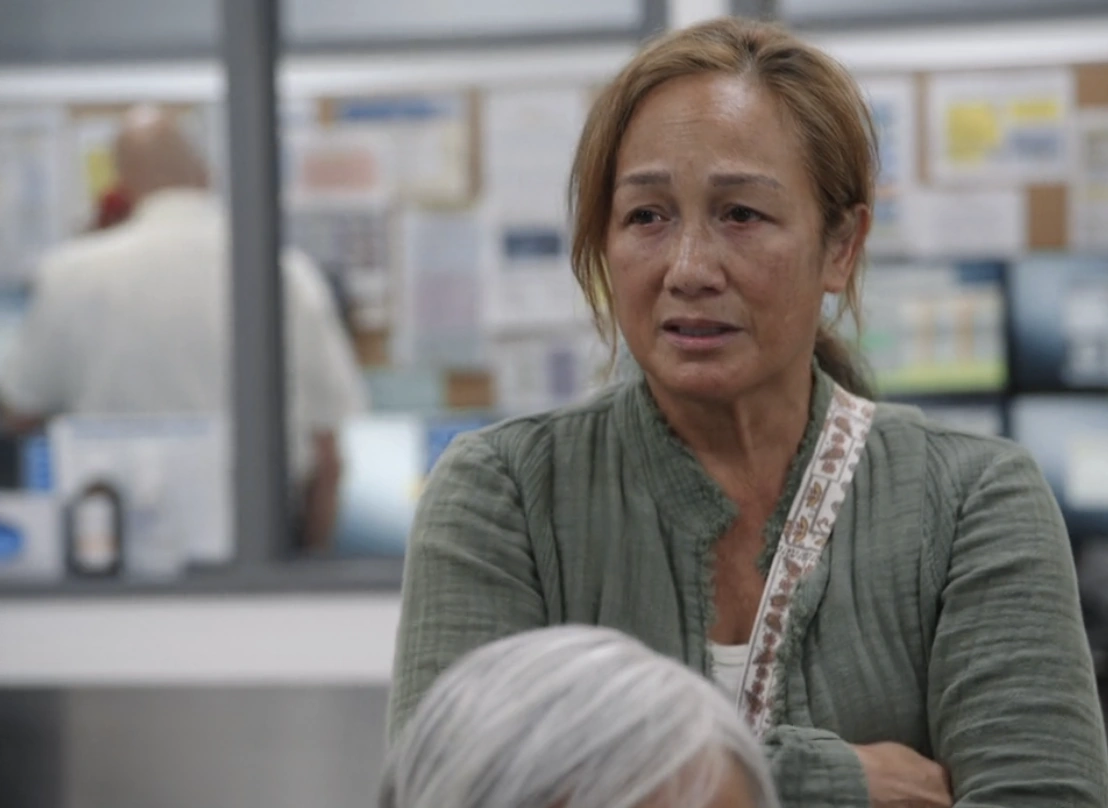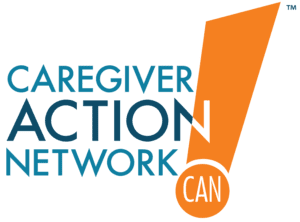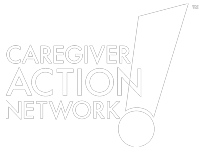Caregivers in Context: The Pitt
Caregivers in Context: The Pitt

When The Pitt premiered earlier this year, it quickly found its audience—not just among fans of medical dramas, but especially with those who’ve walked in the shoes of a family caregiver.
Critics praised it for its grounded storytelling and emotional honesty, while viewers connected to its willingness to go deeper than just ER chaos and cliffhanger diagnoses. And good news—season two is already on the horizon, set to debut in early January 2026. So, if you haven’t started watching yet, you’ve got time to catch up (and maybe stock up on tissues).
What really makes The Pitt resonate with caregivers is how it weaves caregiving into the heart of its characters and stories, without sugarcoating the hard parts. In a multi-episode arc, for example, Dr. Melissa “Mel” King treats Ginger, an elderly woman who’s taken a fall. She arrives at the hospital with her daughter, Rita: Ginger’s primary (and sole) caregiver. The stress and exhaustion are evident the moment we meet Rita, and it is on full display when they are about to be discharged. Ginger is being sent home with her arm in a sling, meaning that Rita’s caregiving has become even more involved. Dr. King and Rita have a conversation as she prepares to go get the car, and it is clear she is at her breaking point.

This moment, including others throughout the season, captures that emotional toll we don’t always talk about: the constant worry, the self-neglect, and the quiet moments when you realize you’ve been running on empty. It is a powerful representation of caregiver burnout that so many caregivers – regardless of the specifics of who they are caring for or the particulars of what their caregiving day-to-day looks like – experience. It also subtly highlights the additional stresses that arise when our loved ones transition from the hospital or other care facility to home; many caregivers are sent home, feeling ill-prepared to handle the new care needs they have to provide.
If you are new to caregiving, resources like the CAN Toolbox offer essential tools and information.
-
-
- Patient File Checklist: A comprehensive record of your loved one’s medical history, medications, insurance details, and legal documents.
- Doctor’s Visit Checklist: Tips to maximize the effectiveness of doctor visits.
- Medication Checklist: A tool to keep track of medications and their schedules.
- How to Talk to Your Doctor: Learn strategies for speaking if your loved one’s medical staff.
- Think Like a Care Manager: Tips on coordinating care and finding answers.
- Find the Right Support Group: Find a place of comfort to talk to others about your daily struggles.
-
 Dr. Mel King’s own story drives this home even more; she’s not just a doctor—she also cares for her twin sister, who has a disability, following the loss of their parents. Over the course of the first season (which takes place over one especially intense ER shift), we see her balancing her sister’s needs with her unpredictable (and demanding) job. There’s a moment when she sneaks away for a quick check-in during her sister’s day program—a bright spot in her sister’s tightly scheduled day. Later, when a mass casualty keeps her late, she picks her sister up well after dark and gently explains her delay, working with her to keep the rest of the evening “on schedule.” If you’ve ever had to manage routines for a loved one, you’ll feel that scene in your bones.
Dr. Mel King’s own story drives this home even more; she’s not just a doctor—she also cares for her twin sister, who has a disability, following the loss of their parents. Over the course of the first season (which takes place over one especially intense ER shift), we see her balancing her sister’s needs with her unpredictable (and demanding) job. There’s a moment when she sneaks away for a quick check-in during her sister’s day program—a bright spot in her sister’s tightly scheduled day. Later, when a mass casualty keeps her late, she picks her sister up well after dark and gently explains her delay, working with her to keep the rest of the evening “on schedule.” If you’ve ever had to manage routines for a loved one, you’ll feel that scene in your bones.
Juggling a job and caregiving duties is a common challenge. The CAN Toolbox offers guidance on balancing these responsibilities:
- Managing Care Costs: Tips for handling the financial aspects of caregiving.
- Seeking Help: Strategies for asking for assistance and utilizing community resources.
- Joining Care Communities: Connecting with others in similar situations for support.
By threading these moments together throughout its first season, The Pitt doesn’t just tell stories about caregivers—it gives space for caregivers to see their own lives reflected, and allows viewers to get a glimpse into the life of a caregiver in-turn. It’s validating, it’s thought-provoking, and it’s a conversation starter worth continuing on and off the screen.
Check out these additional resources to better understand and help with caregiver stress:
- Understanding and Managing Caregiver Stress Syndrome
- Caregiver Self-Care Checklist: Managing Stress & Support Groups
- Around the Clock Caregiving: Day-to-day Activities
If you are caregiver with questions, or don’t know where to turn to find resources to help manage your day-to-day caregiving role, you can always reach out to the Caregiver Help Desk via phone or chat to find solutions to lighten your load. Reach out here: Caregiver Help Desk: Support for Family Caregivers



